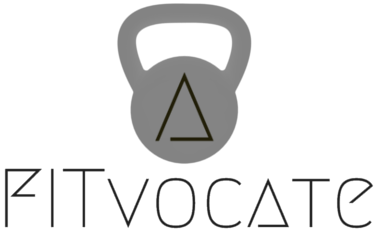
Have you ever gone through a day without anytime to eat? Or, only enough time to have one quick meal here or there? With the hectic schedules we put on ourselves, this is a rather common occurrence. Now, what if you work out? Will not eating cause you to lose muscle mass? This is a pretty complex topic, so let’s dive in and get educated. To preserving them gains!
As some of you may know the main source of energy in our bodies comes from ATP (Adenosine Tri-Phosphate). If you’re unaware of how this process works I suggest you look into the Krebs Cycle (Welcome to High School Biology). Essentially what’s going on here is within the mitochondria of our cells a reaction is occurring that involves the consumption of oxygen and the conversion of stable ADP (Adenosine Di-Phosphate) into the highly energetic ATP. This ATP is then used by releasing a Phosphate as energy (for us to move) returning it back to the stable ADP. After a period of rest, our bodies have around 280 grams of this stuff on the ready to be used at a moment’s notice. However, this stuff burns quick…like within 10 seconds. So, our bodies will need to make more energy. This is where our stored energy comes in to play.
HIERARCHY FOR USAGE OF STORED ENERGY FOR A FASTING HUMAN BODY
1. Sugar that is metabolized in the liver
2. Subcutaneous Fat (Brown Adipose Tissue)
3. Muscle Tissue
4. Visceral Fat
Sugar First
Sugar that is metabolized in the liver is called glycolysis. This source of energy will last for a short duration, but because it is the quickest therefore easiest way to obtain energy, it is used first.
Fat Is Second
Now, number 2 and 3 are interchangeable only if you do not exercise and are not active at all. As long as you are regularly active – 3 to 5 days per week of moderate exercise (about 20 minutes) – your body will use subcutaneous fat first. So be active! Subcutaneous Fat is the fat that sits under the skin or between muscles; it’s the fat you see. Of this fat, our bodies will target the Brown Adipose Tissue (BAT). Due to the structure of the BAT it has a high concentration of mitochondria, and as we mentioned earlier ATP is produced within the mitochondria. So, more mitochondria means more ATP! Our bodies would make the wise choice of using BAT over muscle.
Muscle As Food?
Now, to the meat of this topic; muscle mass as fuel. Unless your body is in excess of muscle mass, as what the case may be for bodybuilders, power lifter, weight lifters, and other athletes, this is just simply not the case. Our bodies were flawlessly designed to adapt and be optimized for the predominant stimuli we experience. If you live a sedentary lifestyle of sitting around all day and not eating then yes your body will begin to diminish your muscle mass in an assumption that you are starving yourself or in a state of hibernation, but even then it would be after all of your subcutaneous fat stores (because that’s one of the primary functions of fat) have been depleted.
Survival Mode: Visceral Fat
What you’ll see in some people who starve themselves yet don’t take part in any physical activity take on a “skinny fat” physique. This is a result of the person’s body using all of the subcutaneous fat that is found just under the skin, and all that is remaining is the visceral fat that protects the organs. Visceral fat is only burned as a latch ditch effort for survival.
Now, in your case, this is not a concern. If you are active, lift weights, play sports or whatever, then that would be the predominant stimuli you experience. It would benefit you not to use your muscle as fuel. Your body will get lean and your strength may diminish as a result of less energy input, but your body will not use muscle as energy until it is absolutely necessary.
So to conclude: If you are eating (even less than you’d like), and you are working out (3 – 5 times per week for around 20 minutes), your body will not turn to your muscle as fuel.
As long as you are regularly active, your body will use subcutaneous fat first. So be active!
- Diet
- Food For Thought
- Muscle Size
- Weight Loss

